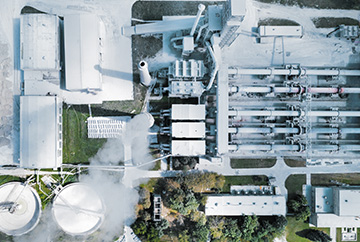Top Imperatives for HSE Teams in RMX Concrete Plants
According to the Cement Sustainability Initiative (CSI), the fatality rate in the cement industry is much higher than in others. An occurrence could be attributed to the industry's half-hearted embrace of digital technologies to foster a safer workplace. A report released by the WBCSD (World Business Council for Sustainable Development), a robust OHS (Occupational Health and Safety) policy required HSE teams to:
- Comply with all applicable health and safety legislation
- Provide a healthy and safe workplace for all employed (both direct and contracted employees)
- Continuously improve towards best industry health and safety practice
Top Imperatives for HSE Teams in RMX Concrete Plants
If we look at the shop floor purely from the perspective of digital transformation, amongst others, there are two priority areas that we will put some perspective on:
Cement Pressure Monitoring
The latest crop of technologies collectively known as 'Industry 4.0' is yet to trickle down to the supply chain models that the cement industry uses. This means that manufacturers are yet to take advantage of computerized systems to the point where high-risk, high-value portions of the production process are completely automated, to the point where in-person interaction is not required. In addition, with an above-average fatality rate, the cement industry needs technology that would improve the production process and decrease fatality/injury rates.
Cement pressure is a crucial parameter; the likes require monitoring across three parts of the supply chain: the air compressor, the clinker cooler, and the cement silo. However, the dominant method of doing so required a worker on the shop floor who would monitor these levels and ensure they fell within the recommended limits. Borrowing concepts from Industry 4.0 would enable the existing cement pressure/point level detection protocols to become no-contact procedures that rely purely on sensors and alerts which relay information in real-time to a centralized control room.
This would improve both worker safety and operational efficiency, with noticeable effects on the human problems of health and safety and the economic problems of safety and productivity. Moreover, this idea could be extended further by providing field workers with wearable technology that links to pressure monitors and keeps them abreast of the status quo.



